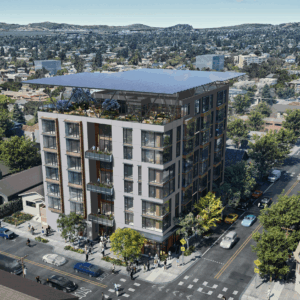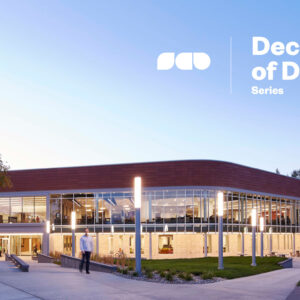Insights
Meeting Demand with Design: Strategic Use of Triples in Residence Halls
Numerous campuses across the country are grappling with housing shortages and growing concerns about affordability among students. As a result, many institutions have increasingly turned to triple occupancy bedrooms (triples) as a viable solution to house more students on campus while offering a lower-cost housing option. As one of the country's leading designers of student housing, SCB set out to examine the impact of triples on students' experiences and well-being.

Triples are most common at mid- to large-sized institutions, typically those with undergraduate enrollments ranging from 5,000 to 20,000 students. At these campuses, triples can account for 20% or more of the total room inventory, playing a crucial role in meeting the demands for on-campus housing. Research on residence hall rooms, which differ from bedrooms in suites or apartments, suggests several benefits for students in multiple-occupancy settings, even as dynamics and preferences have evolved in the wake of the COVID-19 pandemic. While much of the existing research predates the pandemic, available evidence suggests that shifting attitudes are emerging among students as they navigate new norms of communal living.
Here are some of the key benefits of room sharing that we identified:
Enhanced Social Connections and Ease of Transition
Sharing a room fosters stronger social bonds and networks, particularly among first-year students. Having roommates can ease the transition from home to college by reducing feelings of isolation and creating a built-in support system. These connections foster collaboration, mutual support, and a sense of belonging, ultimately leading to improved student retention and success.
Better Conflict Resolution Skills
Living in close quarters with multiple roommates requires students to navigate interpersonal challenges, fostering essential life skills such as conflict resolution, communication, and compromise.
Slightly Higher GPAs
The data suggest that students in multiple-occupancy rooms may achieve slightly higher GPAs compared to their peers in single-occupancy rooms. The shared environment promotes accountability and collaborative study, which can positively impact academic performance.
Increased Engagement on Campus
Residents in multiple-occupancy rooms report higher levels of participation in campus activities, clubs, and events. The built-in social structure of triples can serve as a foundation for broader involvement.
Exposure to Diverse Perspectives
Rooming with multiple individuals increases exposure to different backgrounds, cultures, and viewpoints, broadening students’ horizons and enhancing their understanding of diversity.
However, not all of these perceived benefits have manifested consistently across institutions, with outcomes varying widely. Their success depends on a variety of factors, including:
Student Demographics
Age, gender, and social-emotional skills play a significant role in shaping students’ ability to navigate and thrive in shared living environments.
Facility Design
Alternative spaces like study rooms, lounges, and quiet zones in residence halls can help triple-room occupants decompress and find individual space, easing the challenges of a shared living environment.
Resident Life Programs
Robust and creative social programming, combined with proactive intervention strategies, are essential for managing expectations, fostering positive relationships, and improving overall outcomes.
These factors underscore the importance of a thoughtful approach to implementing triple-occupancy rooms, ensuring that design and programming align with the specific needs of the student population to maximize benefits and minimize potential challenges.
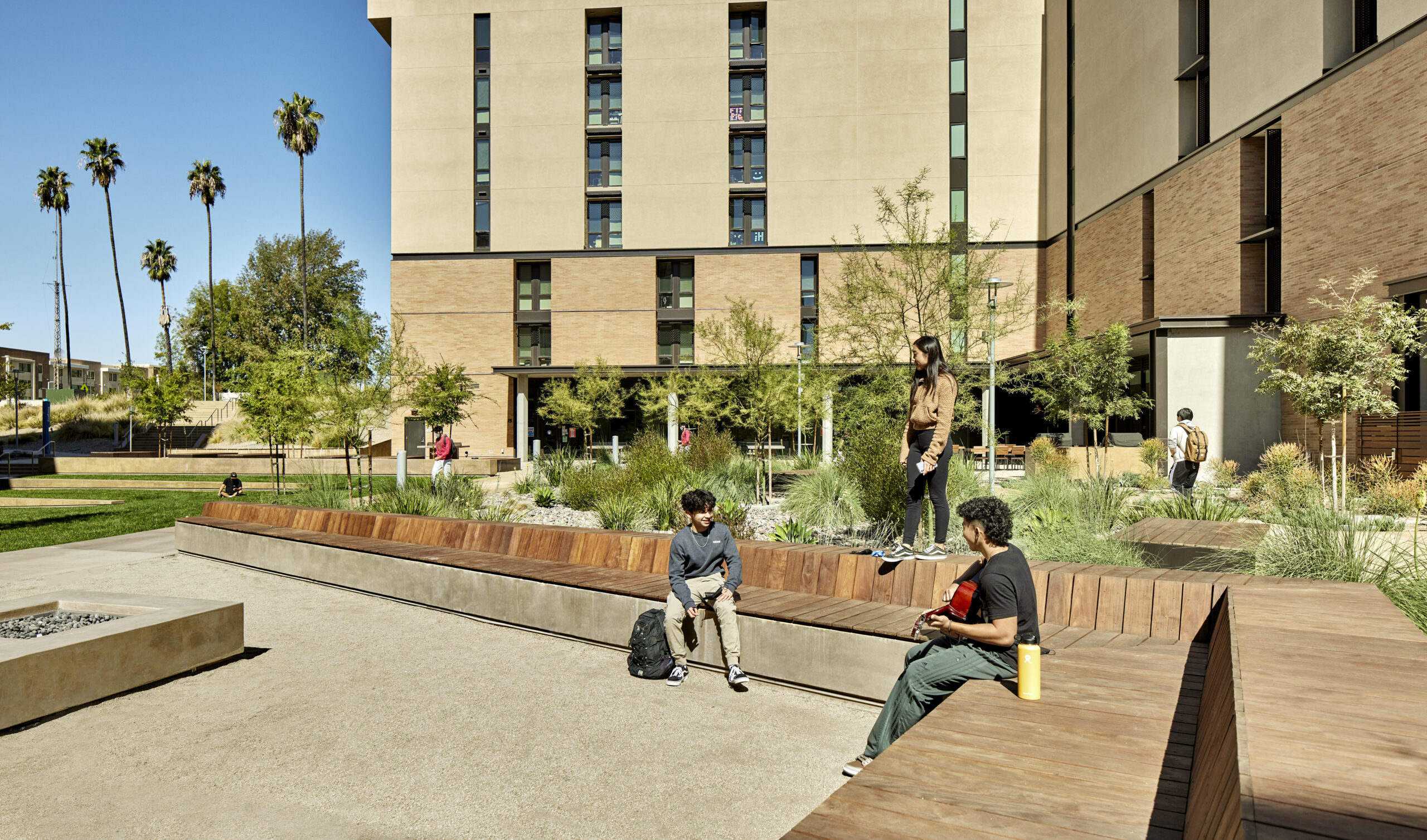
While there are known benefits to living in triple-occupancy rooms, the arrangement also presents notable challenges.
Studies consistently show lower satisfaction in triples compared to doubles, with students citing a lack of privacy and frequent disagreements over cleanliness and space management. Increased peer pressure and alcohol use can also arise, contributing to risky behaviors. The heightened social nature of triples often results in more visitors, which some students report compromises their sense of safety and personal boundaries.
Social dynamics within triples can be complex, particularly when two roommates form a closer bond, leaving the third feeling excluded. Research indicates that women report more difficulty adjusting to triple arrangements than men, expressing concerns around privacy, interpersonal tension, and personal security. These issues are often exacerbated in forced triples, which tend to result in greater dissatisfaction and elevated stress levels.
Overall, students prefer 1-2 roommates over no roommates, although that appears to be changing post-pandemic.
In the wake of prolonged COVID-19 isolation, when many undergraduates lived at home or in single-occupancy accommodations, students have experienced setbacks in developing social and conflict resolution skills. Residence life staff have observed a marked increase in roommate conflicts, particularly in double and triple occupancy rooms. Not surprisingly, the demand for single-occupancy rooms has risen.
The affordability of these rooms poses a significant challenge for students who, for personal, cultural, medical, or academic reasons, may require or prefer private accommodations but cannot afford them. This imbalance contributes to disparities in students’ access to housing environments that best support them.

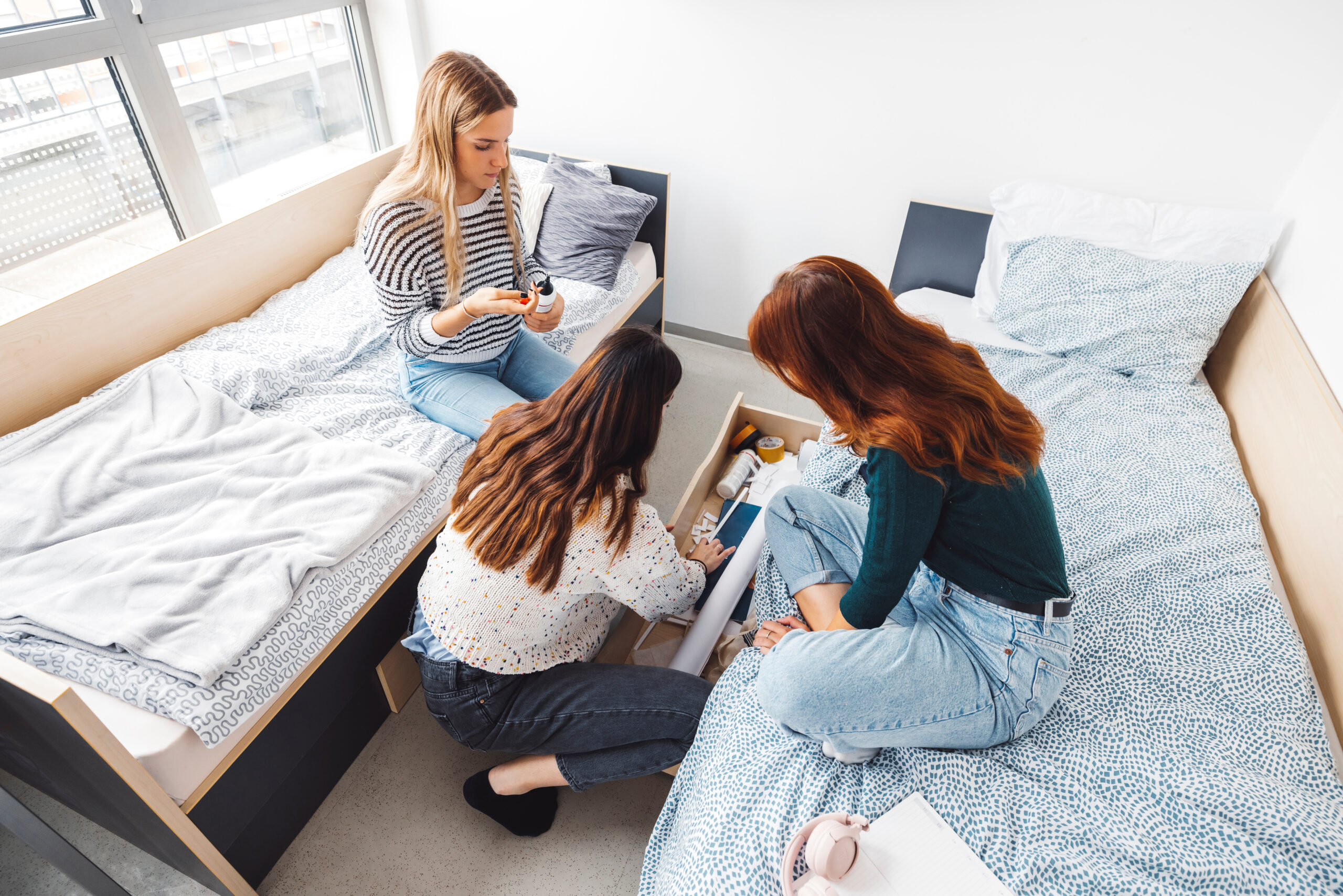
As designers, it’s essential to consider that students come from diverse backgrounds and have varied housing needs. We identified equity considerations and potential solutions for this:
Equity Considerations
Financial Barriers
Students from lower-income backgrounds may have fewer options, limiting their ability to choose living arrangements.
Accommodation Needs
Students with disabilities or mental health needs might struggle to access suitable single-occupancy rooms if affordability is a factor.
Cultural and Personal Needs
Some students may require private spaces due to cultural practices, religious observances, or personal preferences, further complicating the equity landscape.
Impact on Academic Outcomes
Students unable to secure the housing they need may experience stress, lower academic performance, or decreased retention rates.
Potential Solutions
Subsidized Housing Options
Institutions might consider providing financial assistance for single-occupancy rooms to students with demonstrated need.
Tiered Pricing Models
Offering varied pricing based on room features or proximity to campus amenities could expand access to affordable housing options.
Creative Housing Policies
Expanding the housing stock to include affordable single-occupancy units or converting existing spaces could address demand.
Increased Support Services
Robust programming and support for students in multiple-occupancy rooms can help mitigate conflicts and enhance the overall experience.
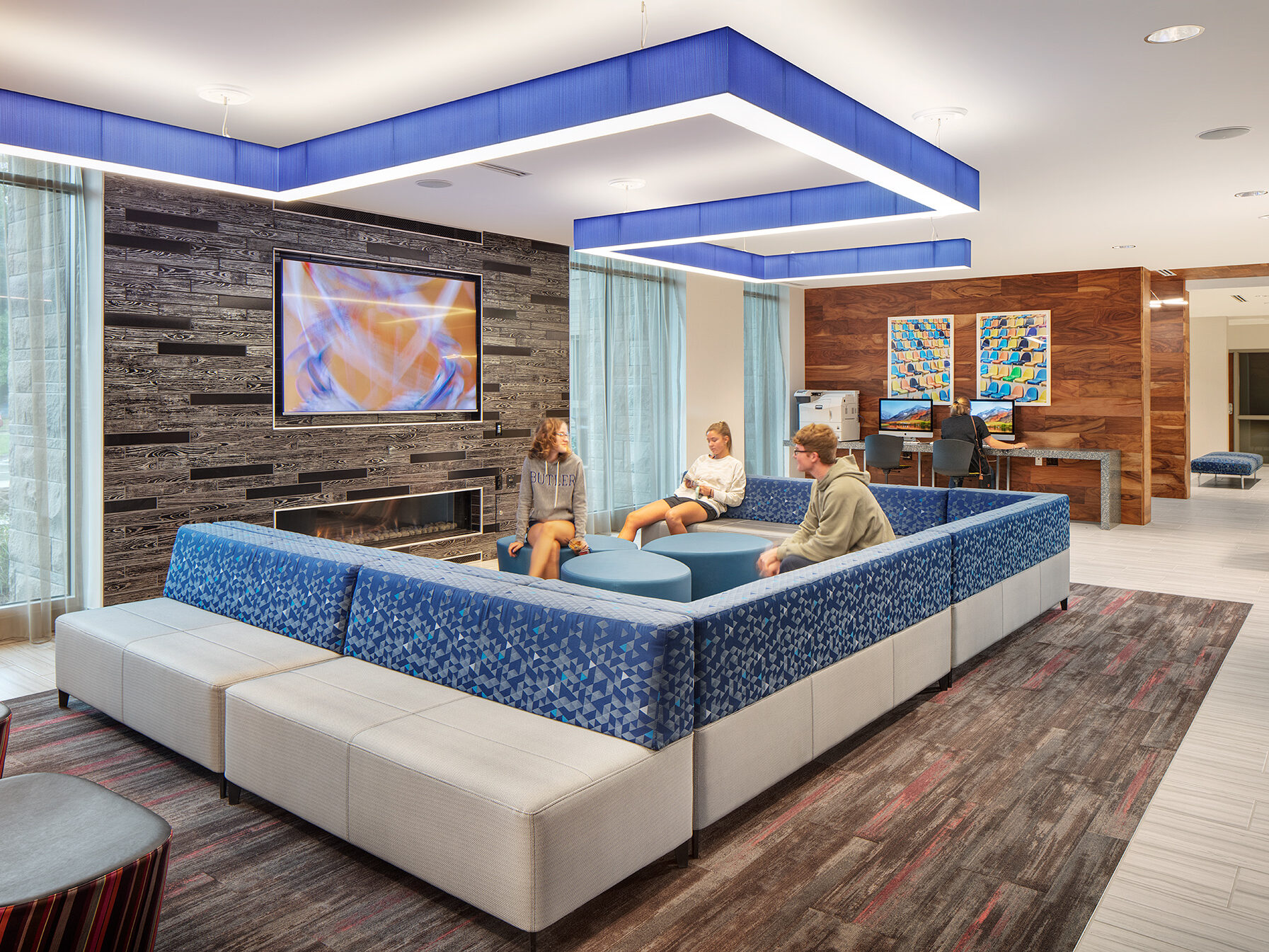
Key Strategies for Designing Triple Occupancies
To support student well-being in shared living environments, thoughtful planning and design strategies are essential, especially when considering triple-occupancy rooms.

Whenever possible, converting double rooms into triples should be avoided, as should converting lounges into residential units that reduce critical amenity space. In new residence halls where triples are planned, issues of privacy, safety, and social dynamics must be central to the design.

Providing secure personal storage within triple rooms can help alleviate tension, while elements such as partial walls, screens, or strategically placed furniture can enhance a sense of privacy.

Beyond the unit, adjacent individual-use spaces, such as telephone rooms or meditation areas, offer students a way to step away and decompress.

Proactive social programming and targeted interventions are central in managing expectations and resolving conflicts, thereby fostering a more supportive residential experience for all students.

About the Author
Matt is a Project Manager with over 25 years of experience working on higher education projects and workplace environments for premier institutions and organizations.
Matt Pietras, AIA, LEED AP, Associate DBIA
Associate Principal
Read BioThis research relied on the following sources:
“Oh No – Not Triples! The Impact of Tripling on Residents”, by Larry D. Long, Michigan State University, Paul Goldblatt, MSU, Darlena Jones, Ph.D., EBI MAP-Works, June 2013
“Residential Density: The Effects of Tripling College Students”, by Elizabeth A. Clark, Shannon Jackson, Deborah Everhart; Journal of College Student Development, Volume 53, Number 3, May-June 2012, pp. 477-481
“Experiments in Student Housing: A Preliminary Report”, cityLAB, UCLA Department of Architecture and Urban Design, October 2018
“Student Housing Demand Analysis: University of California, Santa Cruz”, by Brailsford & Dunlavey, April 2018
“The Impact of Campus Housing on Student Outcomes”, by Patricia Kowalski, Ph.D candidate, Temple University, May 2022
“Is Three a Crowd? Exploring the Development Satisfaction of Student in Triples”, Larry Long; Kyle Kujawa; Journal of College and University Student housing, v41 n2 pp. 62-77, 2015
“The Impact of Roommates on First-Year Students”, Skyfactor Research, 2016
